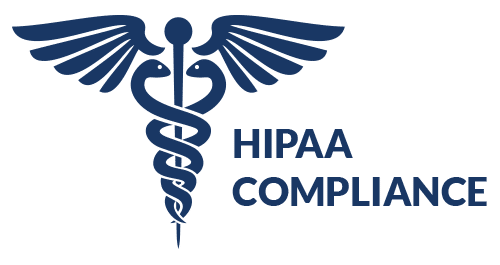3 min read
Why secure communication for HIPAA compliance is not enough
Arianna Etemadieh December 05, 2017

Written by Orlee Berlove, Director of Marketing at OnPage
When you spend a lot of time writing about HIPAA compliance and its importance for healthcare providers, you sometimes forget the bigger question: What does HIPAA compliant communication mean for healthcare? Yes, we know that HIPAA requires secure and encrypted clinical communication to ensure patient privacy. But is that where the argument starts and ends? Is patient privacy the only reason to embrace HIPAA compliant communication? Turns out, there’s more to the riddle.
Why focus on secure email and secure mobile messaging
According to a 2015 study, healthcare employees use mobile messaging more frequently than voice calling for their business communication. 65 percent of healthcare respondents use email most frequently for business communication, followed by mobile messaging (22 percent) and voice calling (13 percent). The same study also reported that 91 percent of those interviewed use mobile messaging at least a few times per week. Healthcare often uses mobile communication after receiving a pager alert. Unfortunately, pagers cause unnecessary friction to the process of patient care. Pagers cost over $1.7 M per year in lost productivity. As such, it is important to find alternative to make healthcare communication processes as efficient and effective as possible. Similarly, given the prominence of email and mobile communication in healthcare, it also makes sense to remove the friction that these communication cause in terms of efficiency. If information cannot be easily exchanged through email due to HIPAA concerns or legacy pen-and-paper processes, then the workflow is bogged down.Why is workflow important?
Efficient clinical workflow saves time, saves money, and saves lives. And in today’s industry, workflow can have a significant effect on reimbursement. As such, effective and efficient communication is key. Practices need to be choosy. OnPage’s smartphone-based secure messaging tool and Paubox’s mobile friendly HIPAA secure email and forms are designed with secure communication in mind as well as improved workflow. OnPage is able to improve workflow as is Paubox. And workflow is really where it’s at. While HIPAA compliance is important to physicians, it is not as important as their patients. Physicians focus on seeing patients and improving patient lives. Technology that improves practitioners’ efficiency and allow them to spend more time helping patients are meaningful.How HIPAA secure messaging trumps workflow
As noted, pagers are a huge impediment to optimal workflow in hospitals. Most paging systems utilize single-function pagers that only allow one-way communication, requiring recipients to disrupt workflow to respond to pages. Paging transmissions can also be intercepted, and the information presented on pager displays can be viewed by anyone in possession of the pager. However, smartphone-based, HIPAA-compliant group messaging applications improve in-hospital communication. These applications save time as physicians and nurses do not need to receive messages on their pager and then respond via cellphone. By only using cellphone based secure messaging applications, physicians and nurses have access to secure communication while providing the information security that paging and commercial cellular networks do not. Additionally, secure messaging technologies enable persistent alerting that ensures messages aren’t dropped, missed or forgotten. By ensuring that messages are not lost, administrators do not need to waste time following up on sent messages.How secure email and forms improve workflow
A doctor or practitioner must encrypt their emails when they communicate protected health information via email. Unfortunately, most encrypted email providers use a portal to gate communication. Portals can make recipients take up to five extra steps just to view any messages. It also makes the experience of reading email on a mobile device cumbersome. Not being able to send and receive emails quickly and easily can significantly bog down workflows. When it comes to forms, online forms reduce the time patients spend in the office and make the process of patient engagement much more fluid. Having web forms enables patients to enter their information online and include attachments such as photos or documents, then send in their forms directly to their healthcare provider's inbox via a HIPAA compliant email provider like Paubox. Electronic forms make archiving these documents much easier than their paper counterparts as well.Conclusion
Overall, healthcare cannot ignore the importance of HIPAA compliance; however, healthcare technology also needs to focus on improving the workflow of physicians and practitioners. As a healthcare provider or practitioner, you need to look for solutions that make communication more efficient.About OnPage

Orlee leads the marketing function at OnPage, where she frequently speaks with client physicians and end users. OnPage provides HIPAA compliant, secure clinical communication for hospitals and clinics. OnPage’s secure messaging and alert automation are key to enabling enhanced collaborations among practitioners and improved patient outcomes.
Subscribe to Paubox Weekly
Every Friday we'll bring you the most important news from Paubox. Our aim is to make you smarter, faster.




